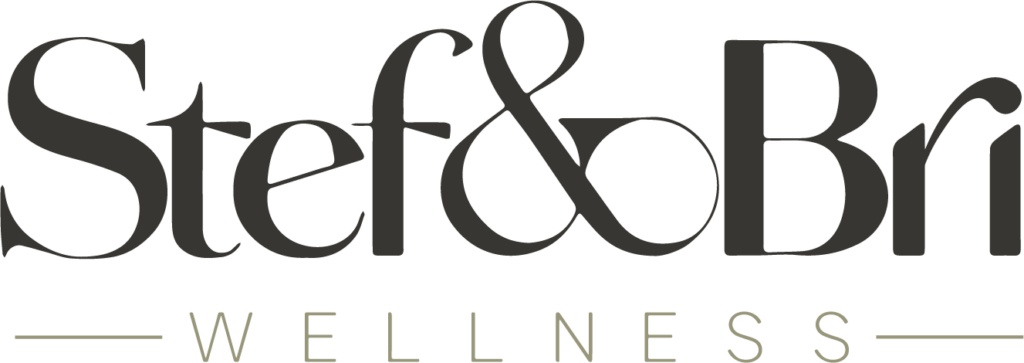It’s getting hot and we are sweating.
Sweating is the natural act of our body to help drive out the heat and essentially help us to maintain normal body temperature. However, replacing the fluid lost to fit your particular needs is a handful in itself! Let’s start by discussing some of the nutrients in sweat:
Sweat contains water, sodium chloride (greatest component), magnesium, calcium, potassium, zinc, copper, iron and more!
What impacts our sweat?
There are so many nutrients in sweat – but with adequate food and fluid intake, we should be able to manage losses without a problem! However, replenishing what is lost (most importantly the sodium) is no simple feat at the same time as sweat concentrations of these particular nutrients may vary CONSIDERABLY depending on the person and a multitude of additional factors. Let’s look at my short non-exhaustive list of some of those factors:
- Environment (temperature, humidity, etc.)
- Training type
- Training duration
- Altitude
- Fitness level
- Heat acclimatization
- The phase of your menstrual cycles (ladies)
- Food type and content
- Age/Body size (Metabolism shifts)
- Current health status (fighting infection/sickness)

How do I determine what I need?
At this point, you probably get the drift that sweat loss and fluid replacement is a bit complicated, and what you need to replenish our body may vary DAILY and may be very different than your workout partner. Nonetheless, hydrating properly is integral in reducing your risk for dehydration as losing anything greater than 2% of your body weight can decrease performance and hinder recovery. Sheesh, that’s a CRAZY impact especially considering the average athlete may lose anywhere from 1-3L of sweat per hour of activity! So how do we pick the proper fluids to replenish those needs? Well, I think we have to start with a series of questions in addition to accounting for the sweat impact list mentioned above:
- Am I a heavy sweater?
- Am I exercising?
- Is the exercise intense?
- How long will my workout last?
- How does my body respond to carb fluids during workouts, if needed?
- Whether I am sweating or not, are there signs of dehydration? A few signs may be:
- dizziness
- dry mouth
- dark urine
- headache
- fatigue/lethargy
- blurred vision
- muscle cramping
- Will I have consecutive days of heavy sweating?
- Do I have body goals? If so, how can I hydrate properly for the setting I’m in?
- Is my dietary intake adequate?
Alright, so what about some examples?
With all of that background information and our decision-making set of questions above, here is a general guide that breaks down sweat and fluid replacement options based on activity duration!
<60 min of light exercise with little to no sweat & no signs of dehydration:
- Water
30-120 minutes of light exercise with moderate to heavy sweat (low carbohydrate +electrolyte combination – great for wellness/weight management)
- Thorne Catalyte
- Unflavored Pedialyte
- Propel (does contain artificial sweetener)
- Nooma
- Nuun – Caffeine-free sports tablets
- Ultima electrolyte powder
60+ minutes High-Intensity Exercise with moderate to heavy sweat (Electrolyte + moderate carb – with carb not exceeding 14-17g/8oz serving (6%-8% carb solution) for gastric emptying sufficiency)
- Any of the above + 30g whole food carb every 30-60 min
- Coconut water (may need to add some carb and sodium)
- Tailwind
- GU
- SKRATCH Labs
- Gatorade
- Body Armor
- Powerade
How much and when?
What about timing? How much before, during, and after? Again, this depends on the person and there is truly no ONE recommendation for this. Yet, general guidelines from the Academy of Nutrition and Dietetics, Dietitians of Canada, and the American College of Sports Medicine 2016 position paper recommends the following: BEFORE – 5-10mL/kg body weight 2-4 hrs prior to exercise, DURING – 0.4-0.8 L/hr, AFTER – 1.25-1.5 L fluid per 1kg bodyweight lost – and lastly NEVER drink to the point where you have GAINED weight after exercise – overhydration is a whole problem in itself!
Need specifics?
You can get even more specific with this by doing various types of sweat tests and talking with a registered dietitian such as myself to help you nail your hydration protocol down! That is what sports dietitians are here for! By the way, in case you didn’t know hydration personalization is CRITICAL, no matter what your stage of life or goals are. How do you hydrate?
Sources
Baker, Lindsay B. “Sweating Rate and Sweat Sodium Concentration in Athletes: A Review of Methodology and Intra/Interindividual Variability.” Sports Medicine, vol. 47, no. S1, 2017, pp. 111–128., doi:10.1007/s40279-017-0691-5.
Barnes, Kelly A., et al. “Normative Data for Sweating Rate, Sweat Sodium Concentration, and Sweat Sodium Loss in Athletes: An Update and Analysis by Sport.” Journal of Sports Sciences, vol. 37, no. 20, 2019, pp. 2356–2366., doi:10.1080/02640414.2019.1633159.
Chinevere, Troy D., et al. “Effect of Heat Acclimation on Sweat Minerals.” Medicine & Science in Sports & Exercise, vol. 40, no. 5, 2008, pp. 886–891., doi:10.1249/mss.0b013e3181641c04.
Kenefick, Robert W. “Fluid Intake Strategies for Optimal Hydration and Performance: Planned Drinking vs. Drinking to Thirst.” Gatorade Sports Science Institute, Aug. 2018, www.gssiweb.org/en/sports-science-exchange/Article/fluid-intake-strategies-for-optimal-hydration-and-performance-planned-drinking-vs.-drinking-to-thirst.
Kerksick, Chad M., et al. “ISSN Exercise & Sports Nutrition Review Update: Research & Recommendations.” Journal of the International Society of Sports Nutrition, vol. 15, no. 1, 2018, doi:10.1186/s12970-018-0242-y.
Murray, Bob, and Kris Osterberg. “Fluid, Electrolytes, and Exercise.” Sports Nutrition: a Handbook for Professionals: Sports, Cardiovascular, and Wellness Nutrition Dietetics Practice Group, by Christine Karpinski and Christine Rosenbloom, Academy of Nutrition and Dietetics, 2017, pp. 107–129.



